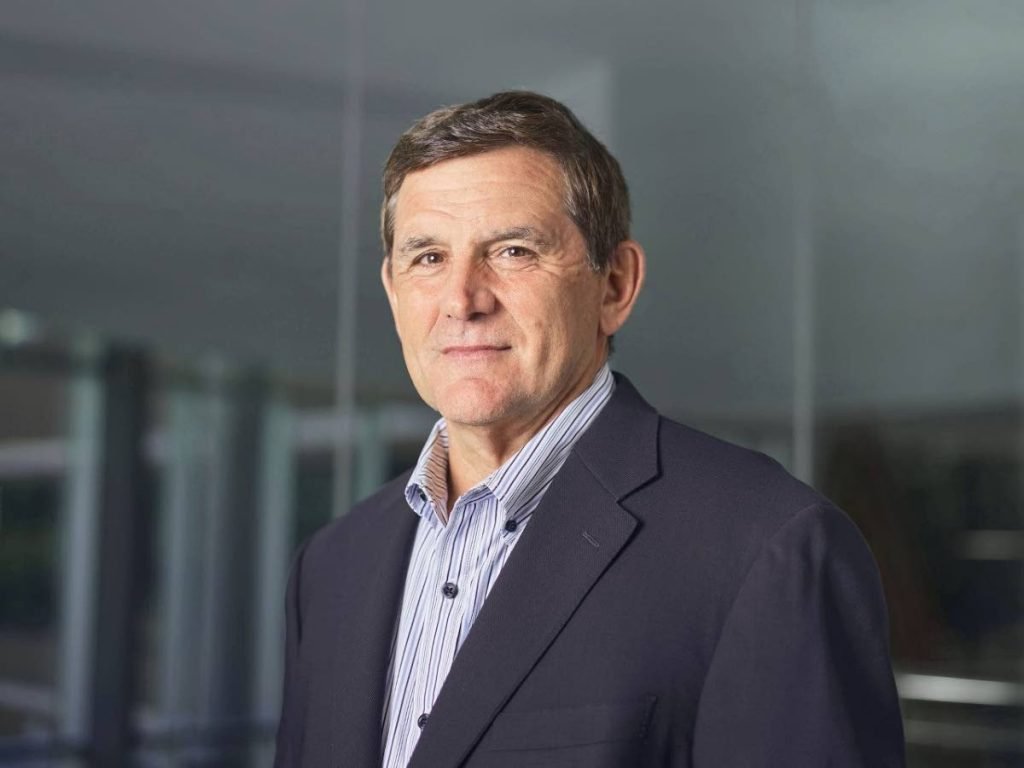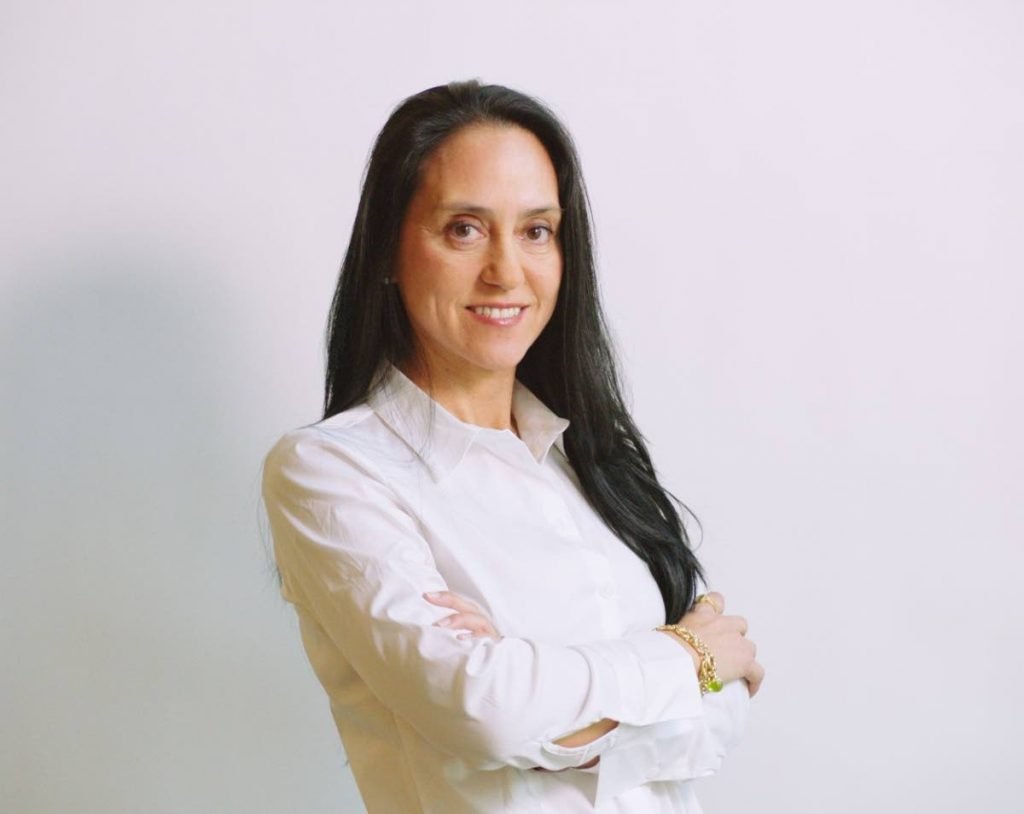Avaya flies high on new cloud systems

Avaya's success was front and centre for the company's online Engage conference last week.
CEO Jim Chirico says recurring revenue is up 275 per cent, the result of the company switching its business model from one requiring capital expenditure to a subscription service suite that's listed under companies' operating expenses.
The company's OneCloud product accounted for more than half of its earnings in third-quarter financial results: US$425 million of reported income of US$732 million.

"Avaya is a very different company from two years ago," Chirico said in a pre-event presentation to journalists and partners on Tuesday last week.
"It's a new Avaya. By any measure, we are a cloud-first company."
The company announced its fifth consecutive year of annual revenue growth, the result of an emphasis on a cloud-based, contact centre and collaboration tools.
That's a big change from January 2017, when the company filed for Chapter 11 bankruptcy protection for a year.
The revamped company shifted focus from products to digital services which have now been identified as unified communications as a service (UCaaS), cloud-based contact centre services (CCaaS) and communications platform services (CPaaS).
One of the key selling points for Avaya's product line is its high level of integration with other platforms.
On August 17, the company announced integration with Microsoft's Azure Communications Services, linking its contact-centre cloud products with Microsoft Dynamics 365 and Teams, along with other cloud-based backroom connections.
"The company's applications are being designed as API (application programming interface) first to encourage extensibility and development, emphasising open collaborations with partners and avoiding the time and investment required to create a single monolithic application," said Manuel Torres, Avaya's director of advanced architecture.
The other big difference that the company hopes to make a selling point is its composable strategy, which allows end-users to use low-code or no-code interfaces to select and arrange customer-facing modules that extend features.
"Modularity is a big word in the way that Avaya is positioning its office tools, payment systems and social media tools," Torres said. "Speech analysis and chat bots can be assembled or repurposed in different ways and (we are) emphasising APIs (as a way to) knit together different tools into a seamless customer-facing interface."
Spaces is the company's communications tool for enabling internal communications and collaboration for enterprise, and it's been the foundation of Avaya's success over the last 18 months as its business focus changed to meet the need for more effective pandemic communications.
Spaces, which can be deployed on the cloud or as a hybrid model for video and voice, is now available in 100 countries
The CCaaS product has been released in 40 countries.
TSTT’s bmobile business division has been offering the company's solutions to its clients for over two decades and currently hosts Avaya's services at its tier-3 data centre.
"Since Avaya's relaunch in 2019, we have seen 100 per cent year-on-year growth," TSTT explained in an e-mailed response to questions.
It said bmobile business's partnership with Avaya "has allowed us to provide our clients with a host of Avaya collaboration solutions including cloud PBX and call centre solutions."
"The majority of demand for Avaya services is generated from the SME and corporate sector. Through our partnership with Avaya, we have been able to successfully provide a leading financial institution with an on-premise contact centre."
The response to pandemic conditions demanded an elastic, cloud-based implementation, explained Isabel Valer, managing director for Avaya's multi country region, including Central America and the Caribbean, Ecuador, Peru, Bolivia and Paraguay.

"Deployments often had to be customised to the needs of the country, for connectivity with Google Microsoft Azure and Amazon Web Services (AWS).
"Avaya One Cloud, also supported hybrid implementation allowing on premises deployment."
In March 2020, Avaya approved the distribution of 10,000 licences in the Caribbean and Central America to enable office-based workers to function remotely more effectively.
Half of the distribution was a 90-day licence, beginning in April 2020 for contact centre agents in business operations, while the other 5,000 licences were distributed to schools and non-profits operating remotely. No time restrictions for those were announced at the time. By April 2020, Spaces video traffic had grown by a factor of 500 worldwide.
Education institutions are still eligible for a 60-day Spaces trial (https://j.mp/3Brbtif)
Galib Karim, global VP, Avaya Latin America, says, "Our experience is that customers in the Caribbean and Latin America are often 'first-adopters' of the latest Avaya innovations."
"We cannot guarantee connectivity any more than anyone else can, but Avaya solutions can work on premise, can work on the private cloud, can work on Google Cloud, can work on AWS, and can work on Microsoft Azure, in whole, or in part, all at the same time."
Calimax, which presented at Engage, is a Mexican grocery chain and an early customer of Avaya's contact centre services.
"Their call centre operation, voice calls, voice recording, and IVR are still on premise, while all the automation is in the cloud," said Karim, "Voice is just another digital channel for them. This kind of hybrid environment helped fast-forward their digital transformation, and we see many examples of that in Latin America and the Caribbean."
"Canned apps are beginning to not be good enough," said Simon Harrison, senior vice president and chief marketing officer. "Those apps are getting bigger as features get added."

The future, as Harrison sees it, is in modular, rapidly deployed feature sets that are easily adapted to customer needs and OneCloud is, from his perspective, a fundamental change in the market.
"OneCloud is the future of this space," Harrison said portentously, "If you are developing and it doesn't look like OneCloud…”
"We were born from the cloud," said Steve Forcum, Avaya director and chief evangelist, marketing, during his session at the Engage event.

"Our residential homes have become office parks (but) video conferencing is not digital transformation.
“We can record, but not everyone is able to spend an hour to listen to a recording.
“(To be effective) you need task management tools, you need to be able to take notes. We need to stop meeting and start collaborating."
Mark Lyndersay is the editor of technewstt.com. TechNewsTT was a media partner for Avaya Engage 2021 in a non-binding, nonfinancial agreement.


Comments
"Avaya flies high on new cloud systems"